
Mike Short
-
Posts
7 -
Joined
-
Last visited
Posts posted by Mike Short
-
-
Thanks Mike, very nice. Yours is even older than ours, but curiously has the round matte box shaft.
Dom,
Who knows maybe the matte box shaft was replaced at some point. Mine does not have the Pertinax gate so that was also replaced at some point.
Mike.
-
-
Hi Dom,
Thanks for the information on No. 700, I will add it to the my files. Yes it is difficult to get any data on German manufacturing, even if Arri have records they maybe reluctant to release the information. The past is the past and maybe it is for the best who knows. I personally have little to no interest in the Nazi regime - just interested in early Arri cameras. -
Hi Mike, the rental house I work for has an early Arri 35 in the foyer museum, serial number 700 (and 570 on the door). I posted some photos of it in this thread:
http://www.cinematography.com/index.php?showtopic=53764
That new book looks interesting, thanks for the tip Glenn.
Hi Dom,
Thanks for the link - I had looked at it in the past (I have been a lurker for a while). That camera just 25 from mine is pretty amazing. Does anyone at the rental house know anything about the cameras history? I also read that the door had an earlier number, I have a theory about that. When these cameras were being used by the WW2 PK units in Germany one would assume that they (the cameras) faced some rough conditions. One might also assume that they needed regular cleaning and servicing as a result. It could be at this point when doors and bodies got mixed up. Just speculation. Arri must have records as they were able to provide the Imperial War Museum in London details about their camera. I wish I had a way of accessing that data.
Mike.
-
Even though it's about cameras made after yours, this newly-published book might be a good source of information for you -http://www.amazon.com/Chronicle-Camera-Arriflex-America-1945-1972/dp/1617037419.
Thank You Glenn - looks like I should probably get a copy.
Mike.
-
To my delight I recently purchased a very early first generation Arri 35 from a person who is also a member of this site. I am researching the history of this motion picture camera and hope over a period of time to build up some sort of data base on early survivors. The camera is serial number 675. Since the very first reflex 35 was No. 500 this makes my camera the 175th reflex Arri 35 ever produced.
The Imperial War Museum in London owns No. 1362 which according to the museum Arriflex were able to pinpoint a production date of 1943. This camera can be seen at the Imperial War Museum's web site at http://www.iwm.org.uk/collections/item/object/30004778. Horst Grund used no. 1052 and a document in the Bundesarchiv shows that he received his "new Arriflex technology" on 31st May 1941.
Here is what I know about my camera. From the aforementioned information, I suspect it was made around 1939 or 1940. It was purchased from Stuttgart Germany about two years ago. Apparently it spent all of it's working life in Germany so there may be some sort of service history with Arri. I did write to them but unfortunately as yet have not heard back. The serial number (photo attached) is stamped to the lower left of the turret as one looks from the front. There is only one lens release for all 3 lenses as was the case with the very early cameras. The door has the number 527 cast into it so it may actually have come from an even earlier camera (the 27th ever built!). Strangely camera no. 527 still exists and was sold at auction a few years back. Numbers between bodies and doors may never have matched in the first place, however I suspect that they originally did. Door numbering disappeared early on but at what point I am not sure. The movement is early (photo included) with a single pull down claw. The camera does not have the phenolic gate (Pertinax?) like other early cameras so I suspect mine was changed at some point - the pressure plate appears to be original. The interior of the camera has A111 lightly scratched into the metal. Many of the internal parts are stamped 67 so I am beginning to think that these cameras may have been built in batches of 10. 67 may have referred to parts for the 67x batch? Just a thought.
The camera is a display piece and it's days of film work have come to an end. Sad in some ways but it begins a life as an object which one can admire from an engineering and historical standpoint. I have attached a few photos of the camera and hope to hear from others with these early cameras. By the way I do not have a lens so at some point I will have to try and find something suitable! Thanks Mike Short, Austin Texas.


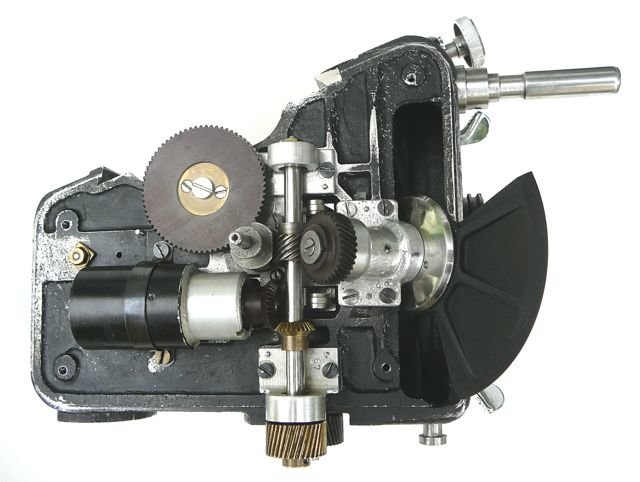
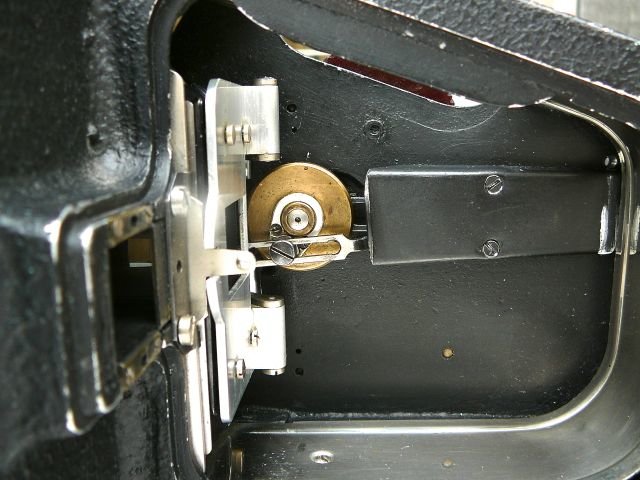
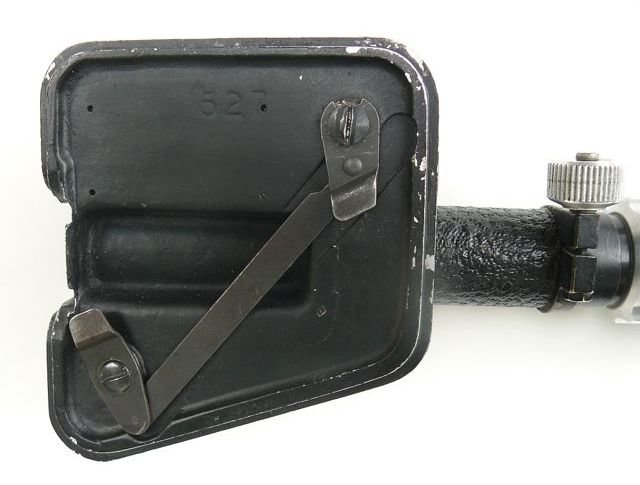

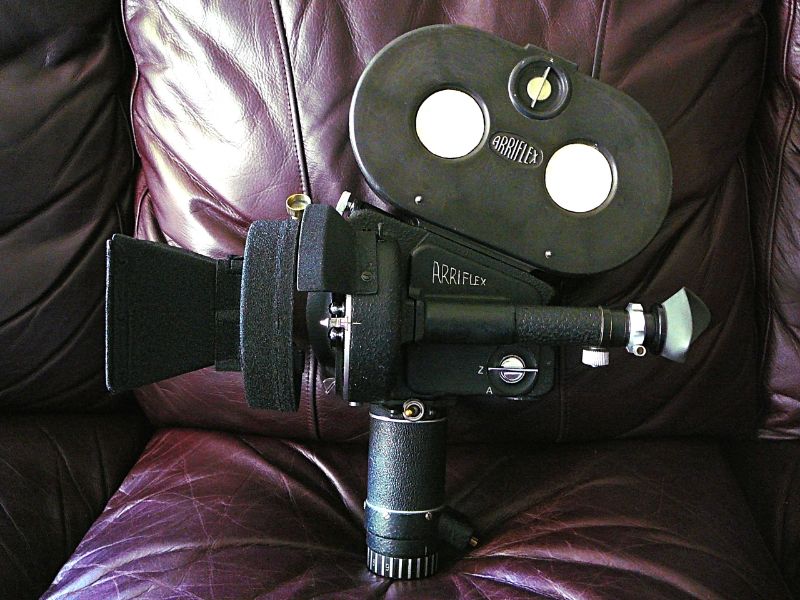
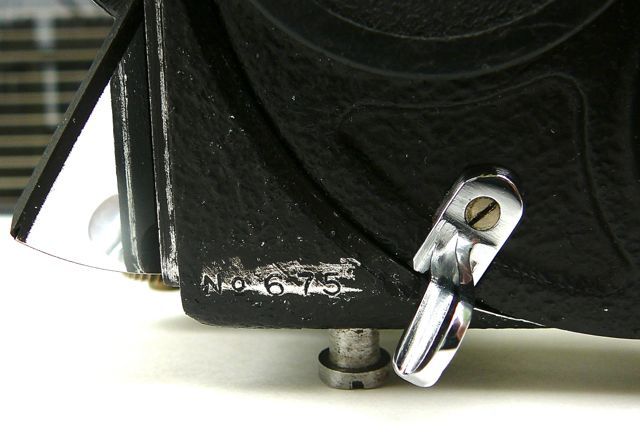
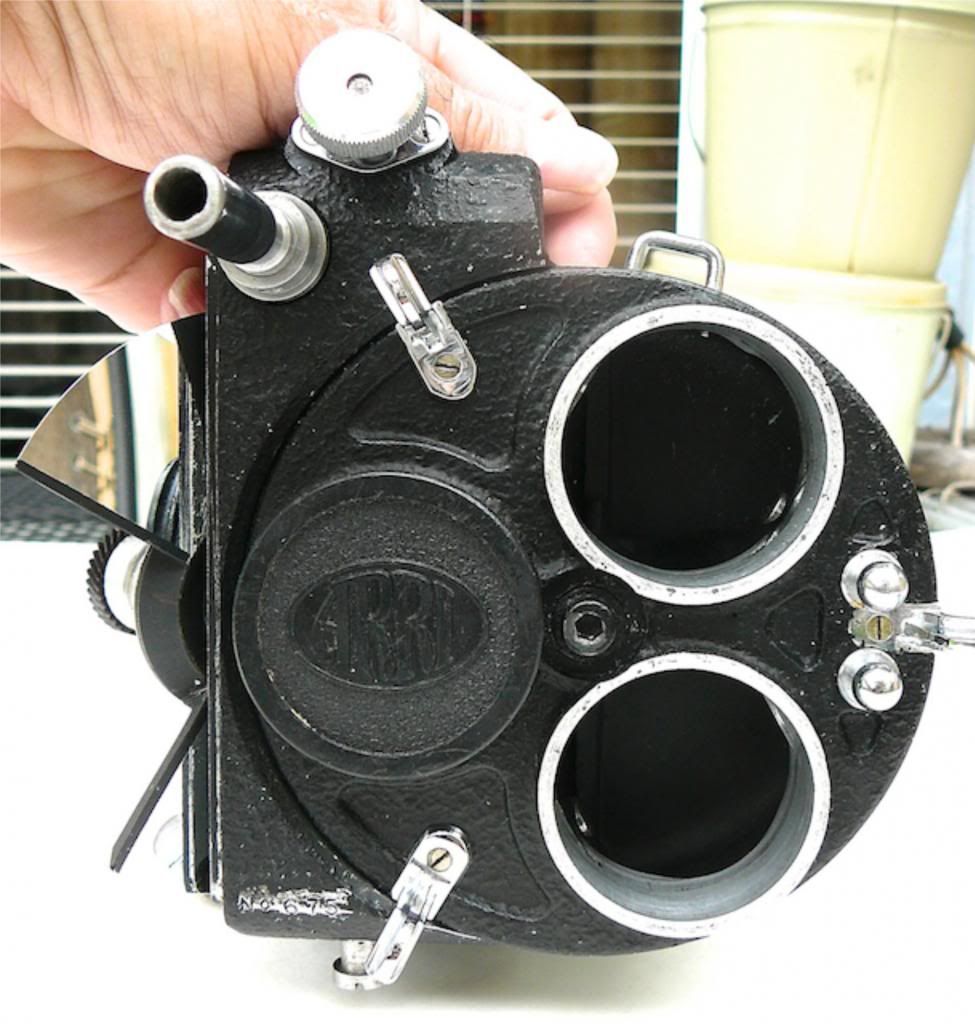
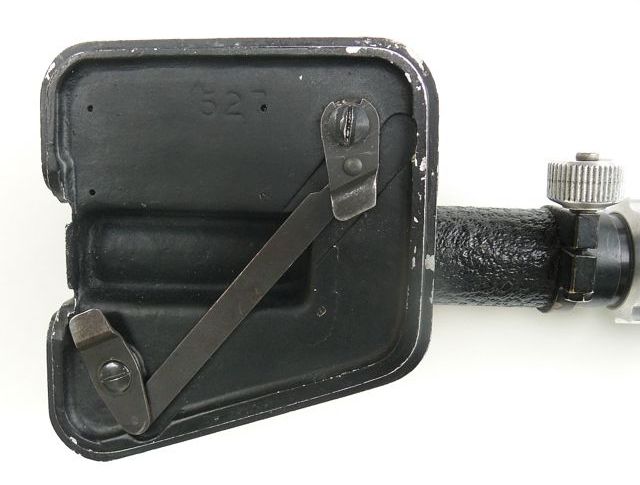
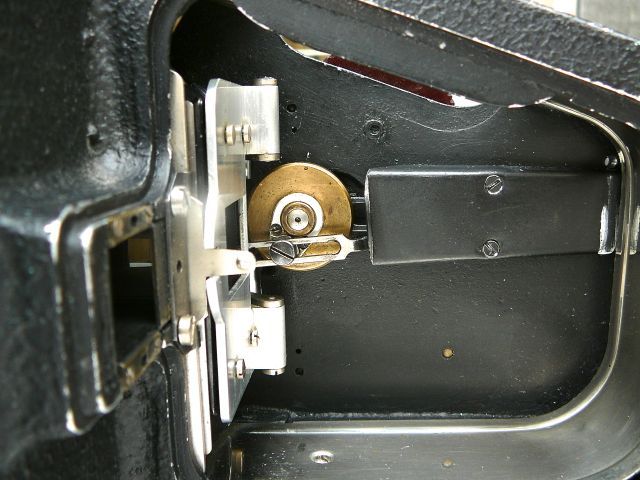
Was the reflex shutter developed by Bell & Howell Co. ?
in ARRI
Posted
I agree! Truly fascinating history and it fills some of the gaps. Yes a good translation would be very nice.